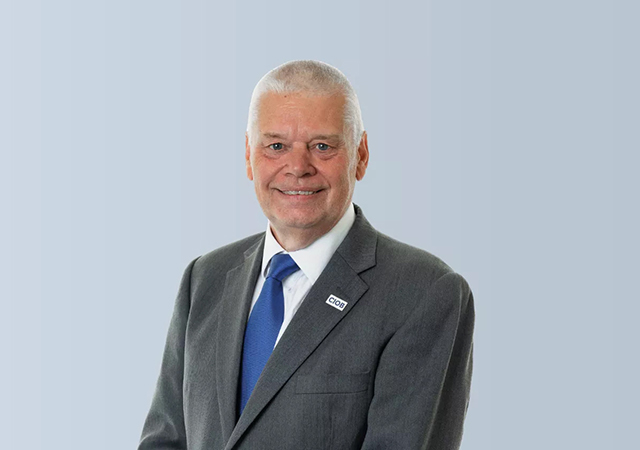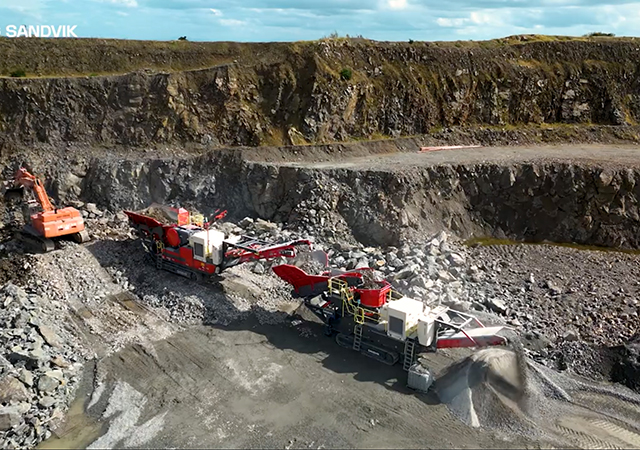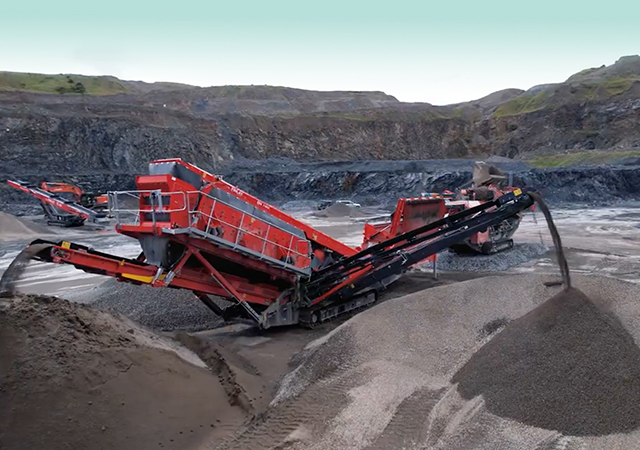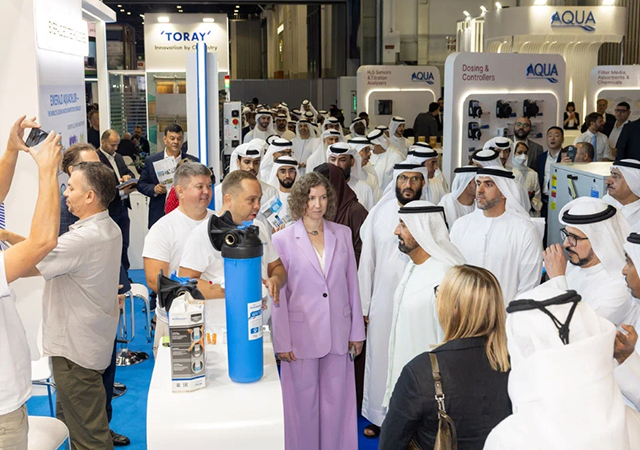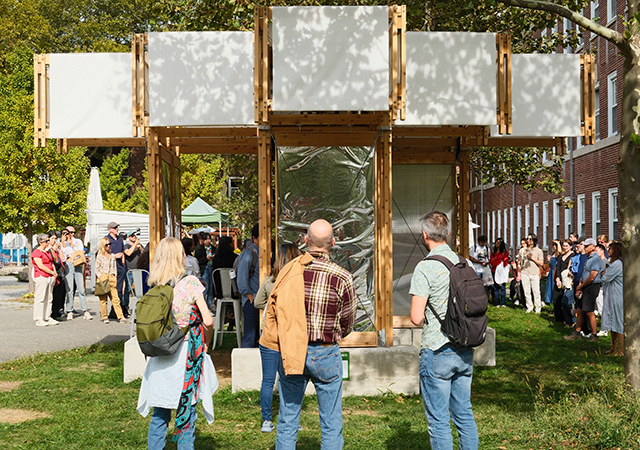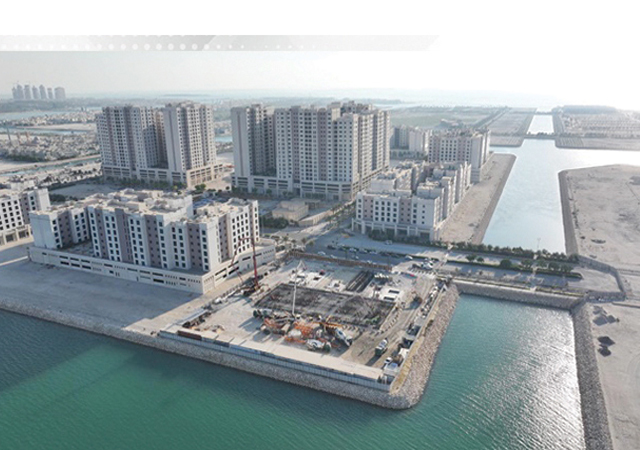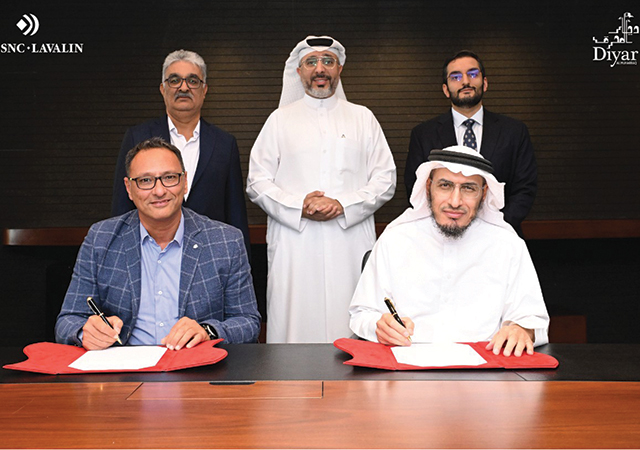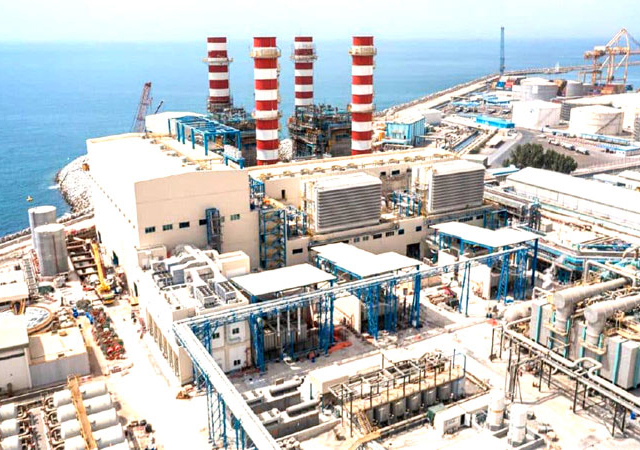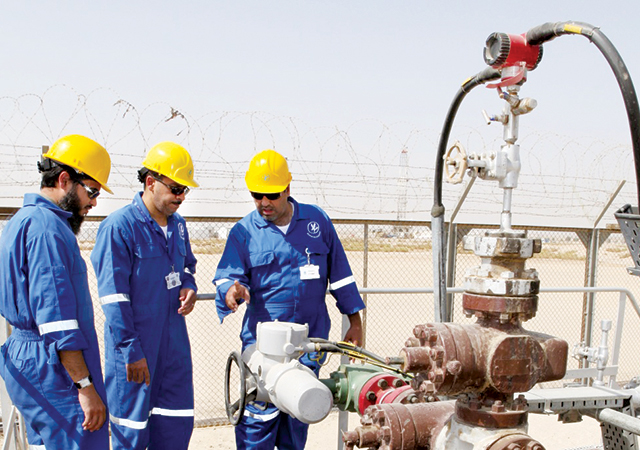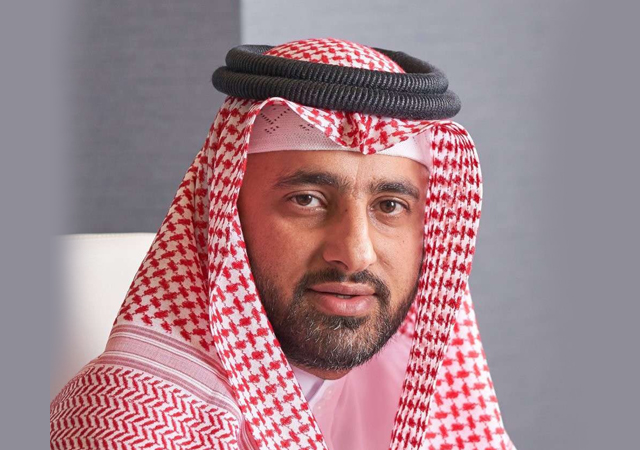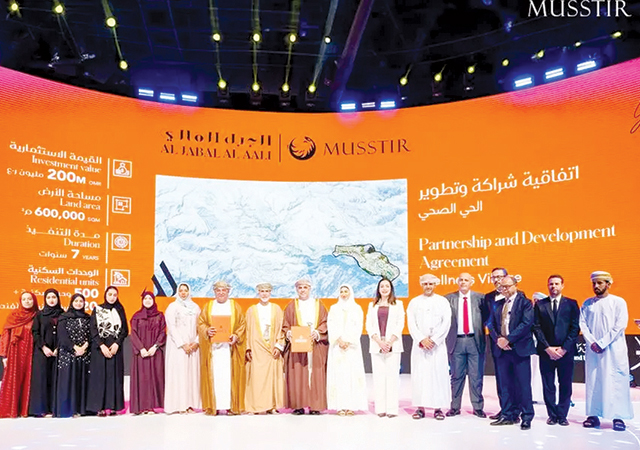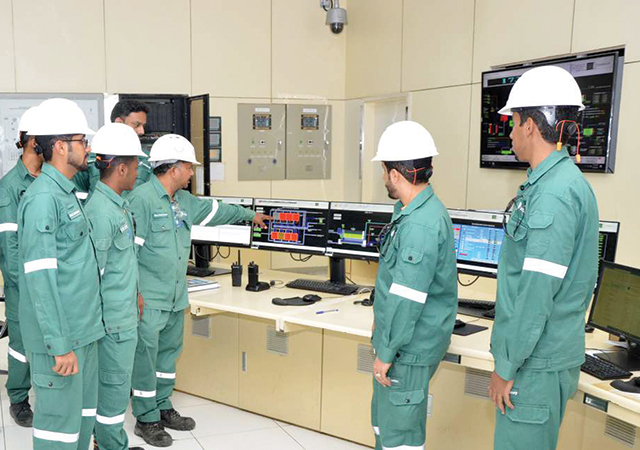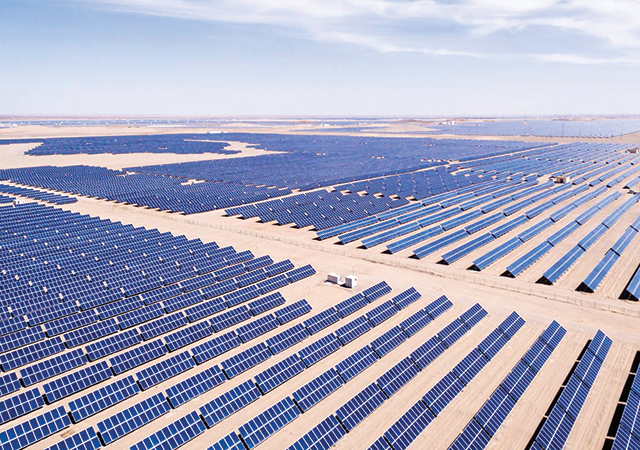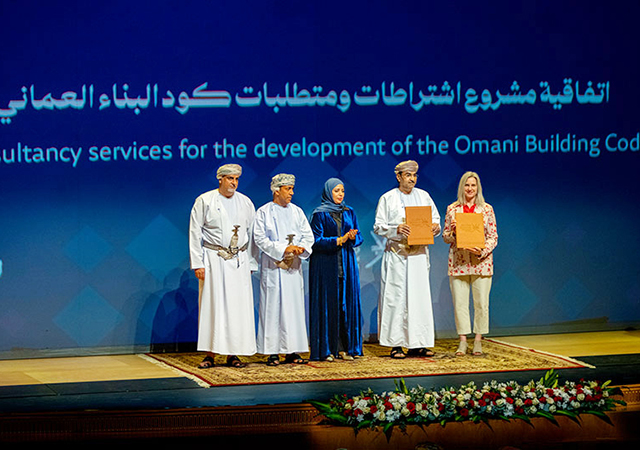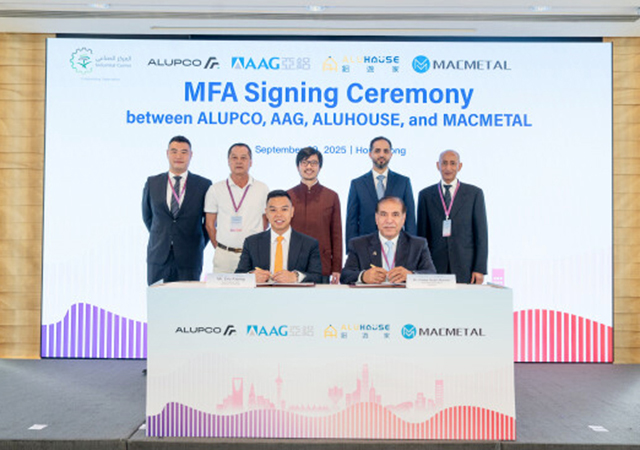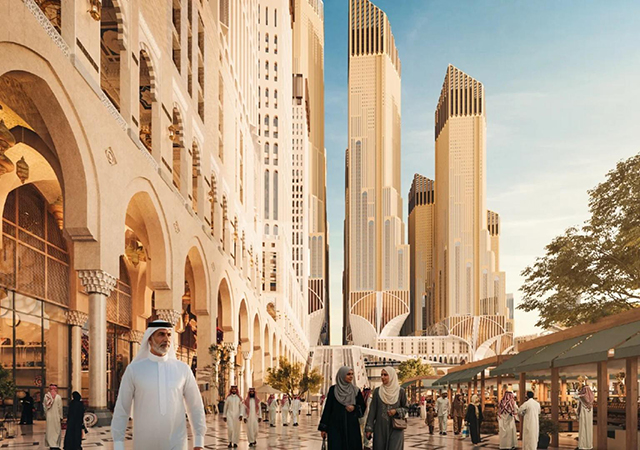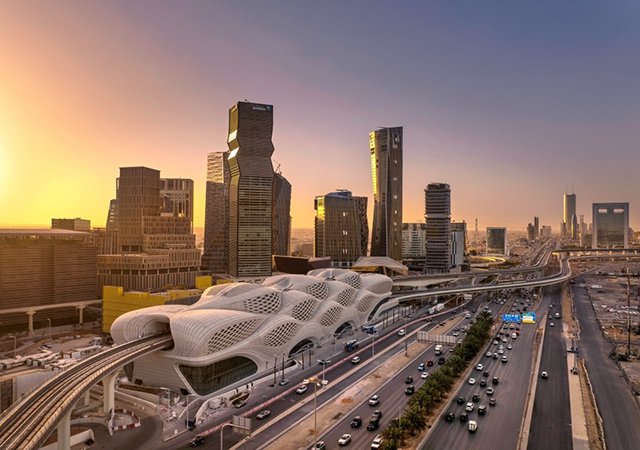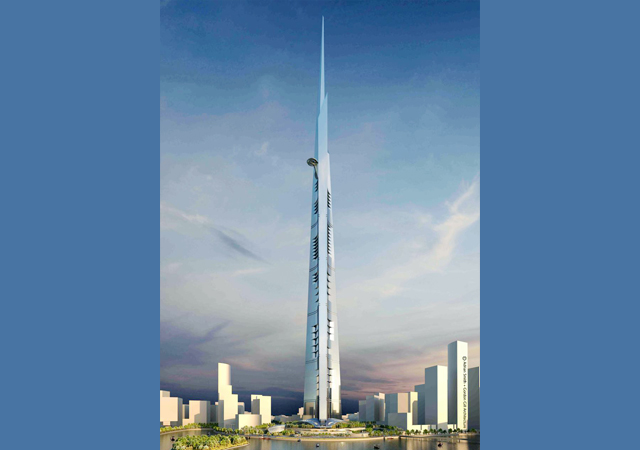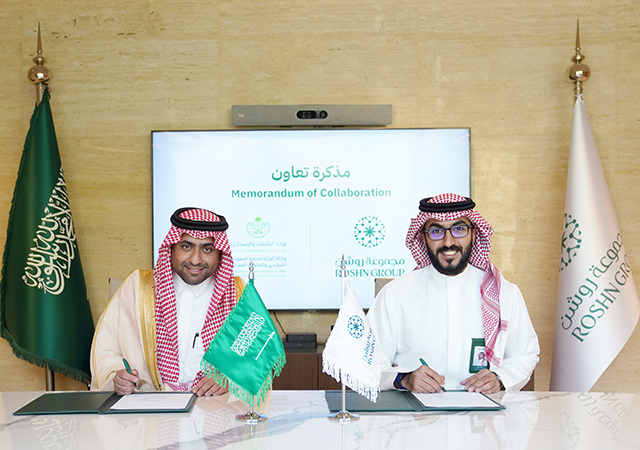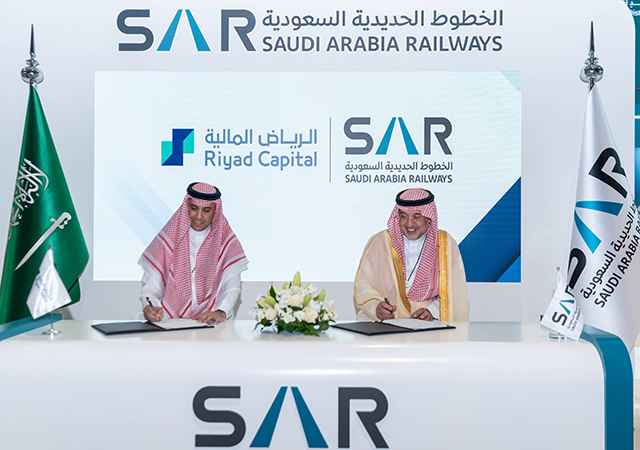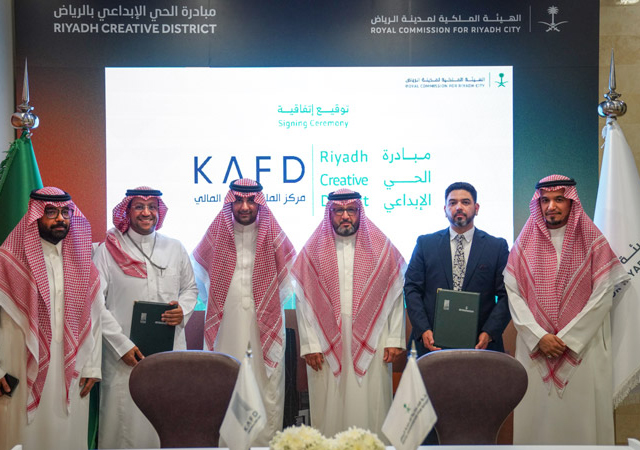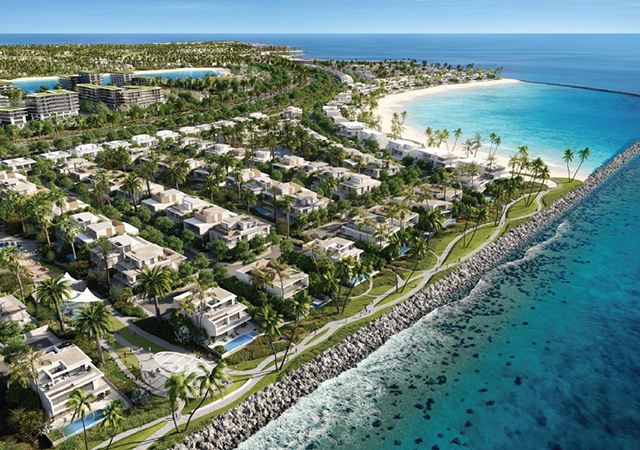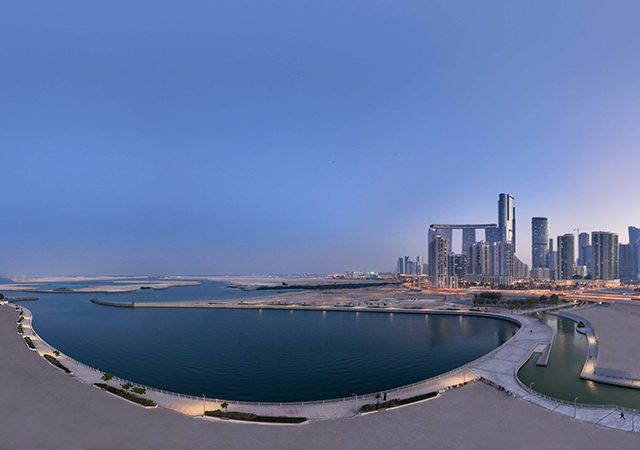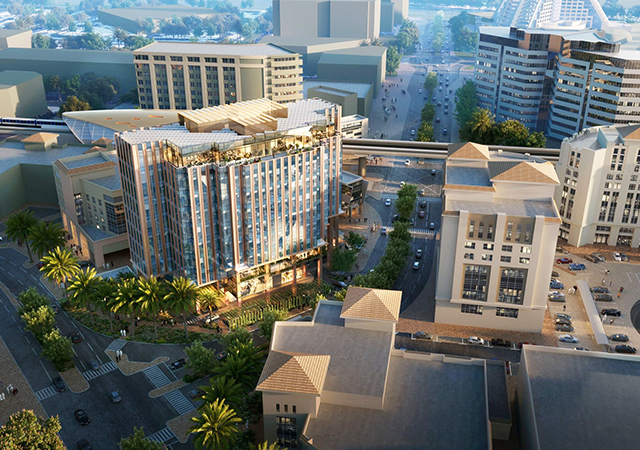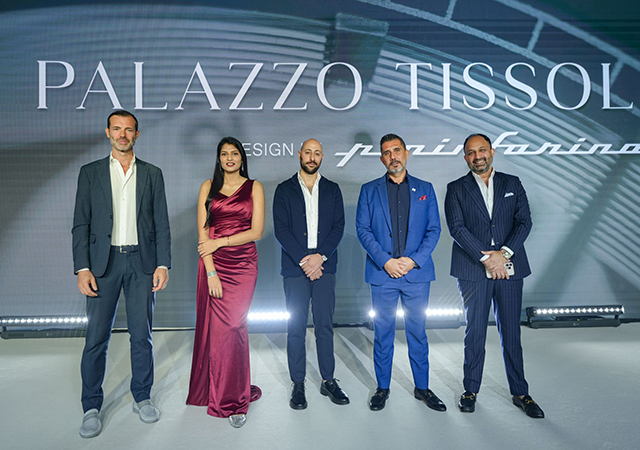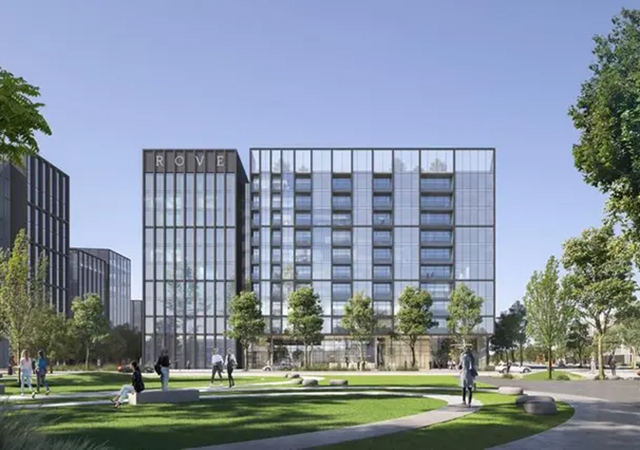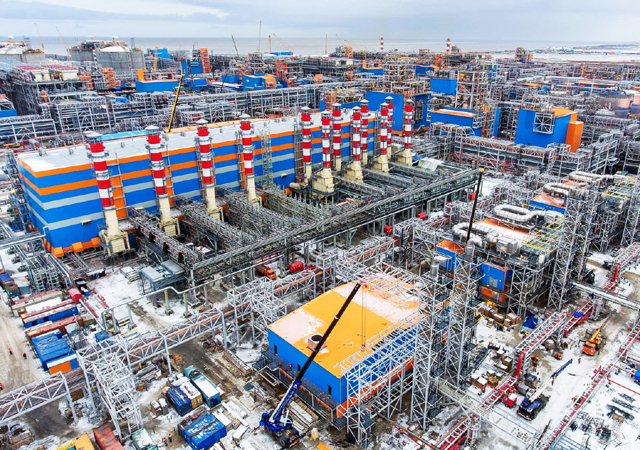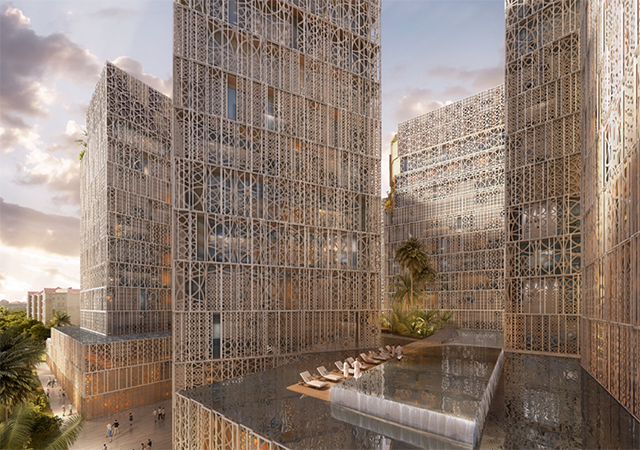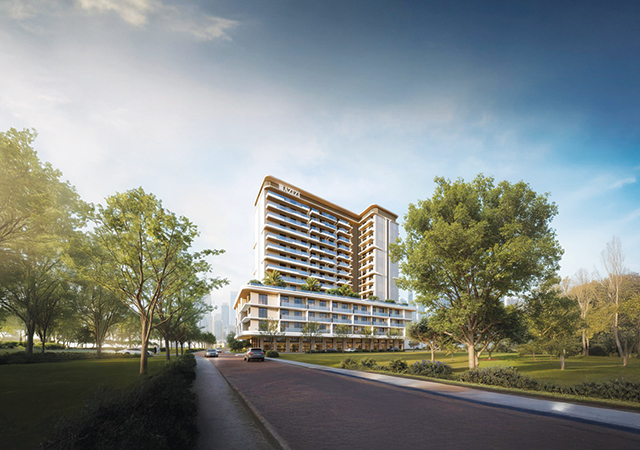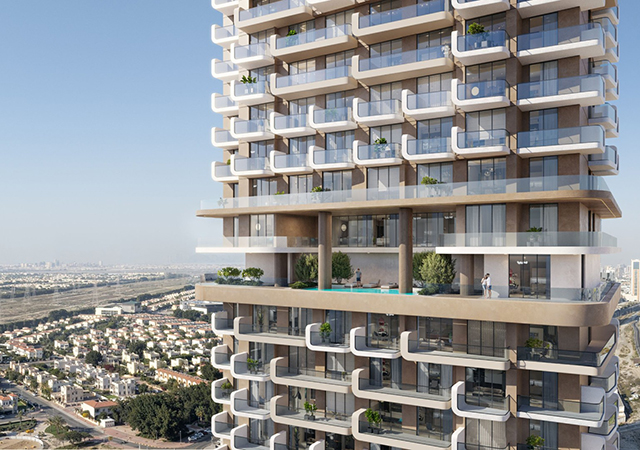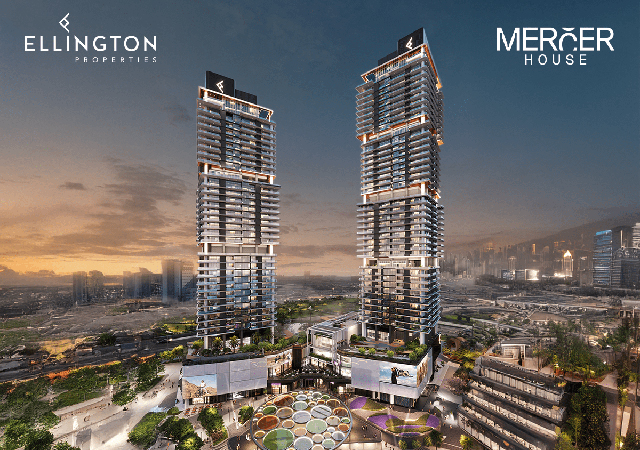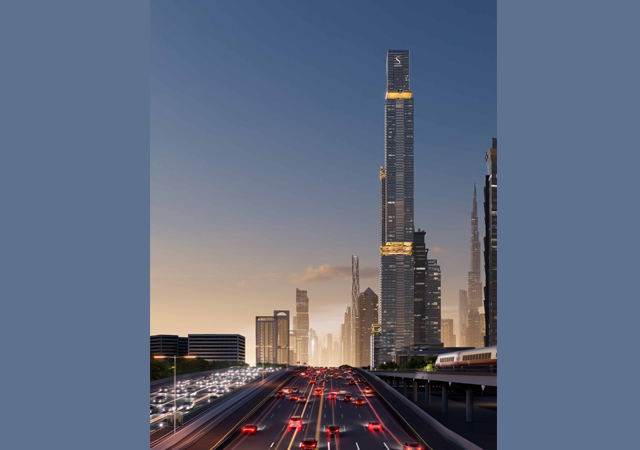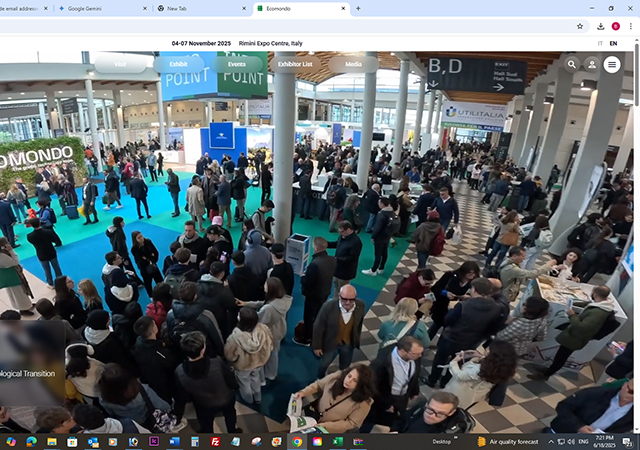 To implement task area concepts, cluster systems such as Light Fields are ideal.
To implement task area concepts, cluster systems such as Light Fields are ideal.
Future-oriented lighting concepts for offices depend not only on technical excellence in lighting technology and its effect on the ambience but also on the economic feasibility, with an eye to operation and maintenance.
Here, lighting can be designed either to cover the entire interior space, or concentrated on ‘task’ areas, which enables glare-control, contrast rendition and shadow details to be precisely adjusted according to the relevant activity.
The latest task area concepts enhance the quality of light according to the requirements and open up new possibilities to improving comfort and the surrounding at the workplace while increasing flexibility, efficiency and economics.
Basically, individual workplaces can be defined as task areas and the quality of light adapted individually to the requirements as compliant with the new EN 12464 standard. However, it is also possible to extend the task area to several workplaces with the same requirements’ profile, which makes the arrangement of workplaces flexible within the area.
Today’s offices are characterised by rapidly changing job requirements and high mobility and buildings particularly are subject to ever-changing tenancy and utilisation structures – and thus entirely different quality requirements, including lighting.
The task area concepts take into account the modular, axial flexibility of innovative office architecture and combine individuality with flexibility through their holistic perspectives of interior space, luminaires and lighting management.
Furthermore, this holistic interaction of innovative lighting systems and intelligent Luxmate control technology yields a better cost-benefit relationship.
Task area concepts are especially effective in meeting the higher standards of functionality and efficiency in an operation. Since lighting is concentrated on the actual work areas, the mean lighting output and thus energy consumption is reduced.
Maintenance-compliant luminaires as well as automated controls in the lighting management system and regularly documented operating reports also contribute to a sustained reduction of running costs.
Quality of light
To implement task area concepts, cluster systems such as Light Fields and freestanding luminaires are ideal, as they enable maximum light to be focused onto the individual task areas. Lighting systems with all-round glare control based on innovative MPO (micro-pyramidal optic) technology provide optimum light while allowing complete freedom in arranging work desks.
In addition, their high efficiency and low energy consumption result in potential savings, which can be further increased through simple maintenance.
To enhance flexibility in organising the office space, the new workplace-oriented ID pendant luminaries - unlike many other lighting systems - can be arranged perpendicular to the window facade, along the room axes. The glare-free light produced using the special lighting technology means that the luminaires can also be placed directly over the workplace.
‘Light sails’ are equally efficient in lighting task areas. The system requires one lighting unit for one, two or three building axes and the luminaires are oriented towards meeting photometric quality characteristics. They allow the possibility of installation “on demand”, that is, the lighting management system can be installed and integrated only if required. These systems improve the acoustic properties of rooms with concrete ceilings and can be integrated with air-conditioning units.
Lighting management
The advantages of the task area concept are only fully exploited when the lighting systems are incorporated into intelligent Luxmate lighting management technology, enabling individual control through Dali cables. The technology can be quickly and easily adapted to changed room layouts and modified lighting task requirements.
The new Luxmate Floor Controller (LFC) is a reasonably-priced system which - for the first time - also allows the option of addressing luminaires with dimming functions that can be acquired on demand through an extra licence. Investment costs can thus be kept down.
Furthermore, the LFC automatically regulates the intensity of the light provided by a luminaire, so that the output is kept constant at the required level. Any over-capacities installed to compensate for the loss of luminance expected through dirt and bulb age until the next maintenance are automatically dimmed. The lighting management technology also contributes to creating an operation that is technically efficient and cost-effective.
Light Fields
Office work in this information age is largely done at the computer screen. There is hardly a workplace where computers, notebooks, timers, organisers, pagers and mobile phones are not used. In this context, light reflections on screens and displays can be irritating, making work more difficult, and error-prone because of low concentration.
Light Fields is completely adapted to the ‘new work’ setting – even in the surface-mounted and recessed versions - with their purely direct light distribution.
Despite their high light output ratio of 70 and 88 per cent, respectively, luminance at radiation angles of more than 65 degrees is less than 1,000 cd/sq m. In this way, annoying reflections on computer screens and displays become a thing of the past – even on notebook screens, regardless of their respective angle of inclination.
In spite of being related to the family of waveguide luminaires, Light Fields is based on a completely new technology: the micro-pyramidal structure. It not only guarantees unusually brilliant lighting quality, but also reduces direct and reflected glare to a minimum, in conformity with standards (EN 12464).
The special optical system of Light Fields also ensures that scattered rays are reflected upwards, while the T5-16 mm light sources are kept hidden from direct view. The eye remains protected from the glaring light source everywhere in the room as the user only gets to see the light and not the lamp.
Light was top priority in the process of designing and developing Light Fields for the team at Sottsass Assoicati which designed the system. It does not dominate the architecture of the space, but fits in discreetly – in any way architects and lighting designers may wish to use it. The design of the luminaire, therefore, appears correspondingly restrained and unobtrusive, attractive on account of its straightforward, slim contours, strict geometrical form and highly expressive, refined materiality.
The unique cluster version of Light Fields - which is ideal for one- to three-person offices, call-centre islands or small conference rooms - provides additional freedom for design to planners. In contrast to traditional office lighting with individual luminaires, there is a close relationship between the cluster – whether it be the surface-mounted or the recessed version – and the task area.
The qualities of the light field, which resemble that of a skylight, not only provide for a very special lighting scene, but also for a harmonious room atmosphere. The cluster fits in discreetly with the ceiling, thus becoming an integral part of the architecture. From above, bright direct light emanates into the task area, where people work at their PCs, read through files, talk to customers on the phone, and confer with their colleagues.
The light emanating from the freestanding luminaire Light Fields-S is also strictly task-oriented, in that it can be adjusted as required. This is made possible through the integrated SensControl, which uses an individually programmable daylight sensor to provide optimal illumination of the task area at all times. At the same time, SensControl serves as a presence detector, automatically switching off the luminaire whenever no movement is recorded during an individually programmable period of time.
Further savings are realised through the very high light output ratio of Light Fields-S, which has only three lamps instead of the four lamps usually required for comparable products – without any compromise in terms of lighting quality.






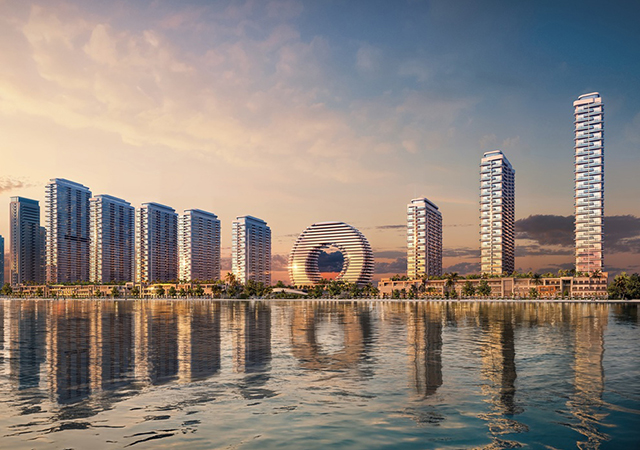

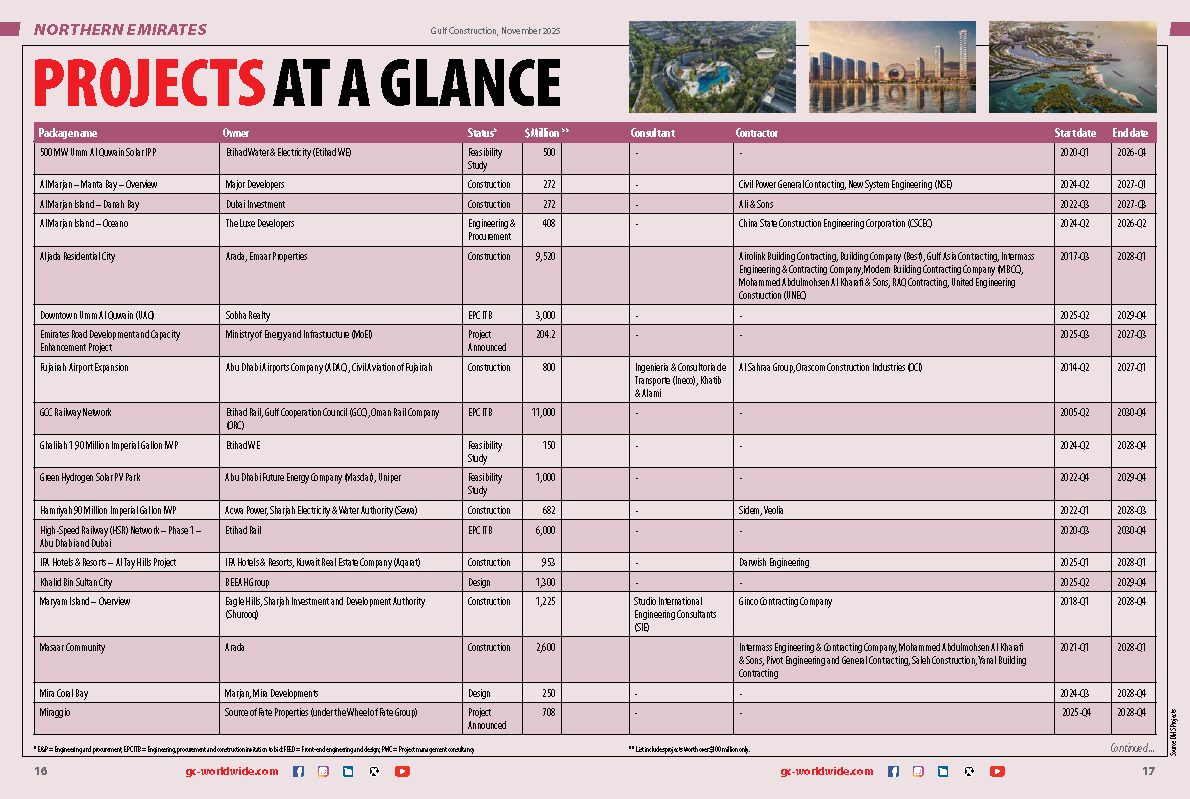
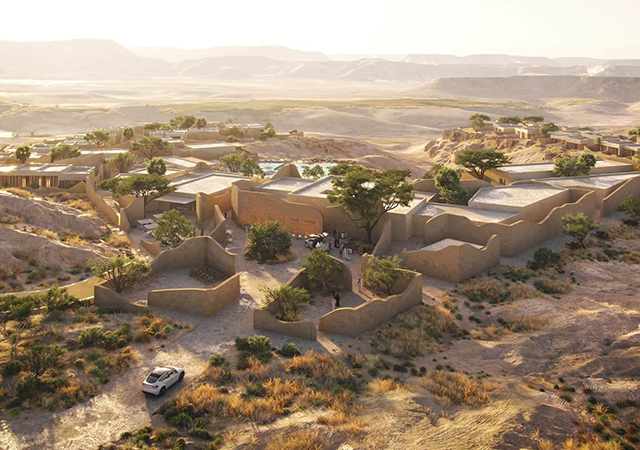
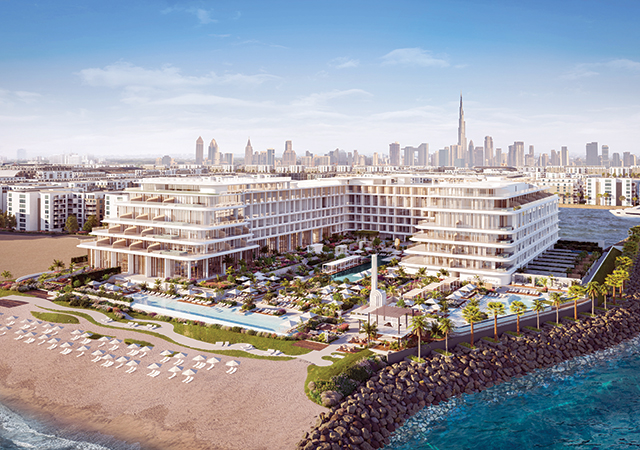


(5).jpg)

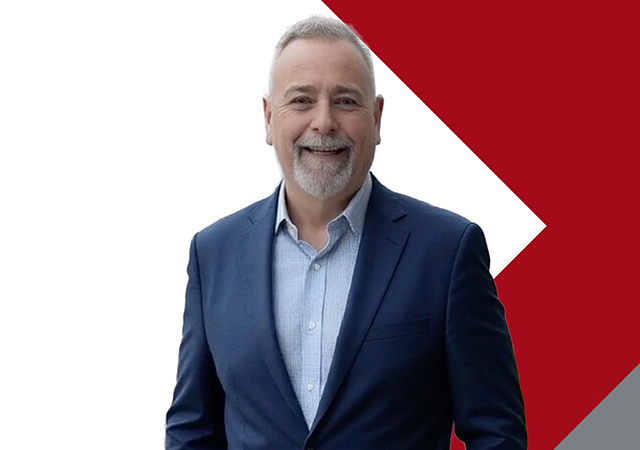

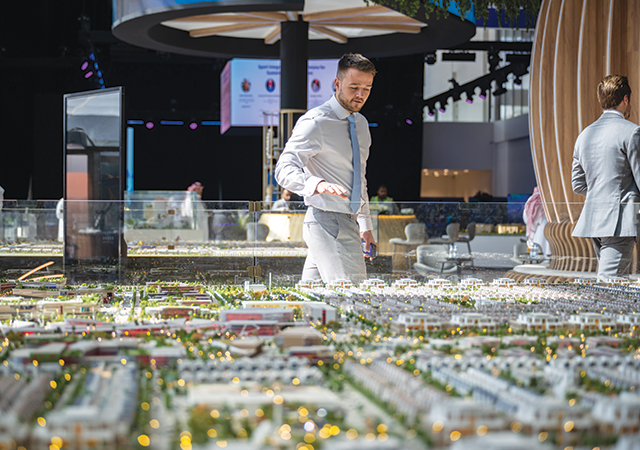
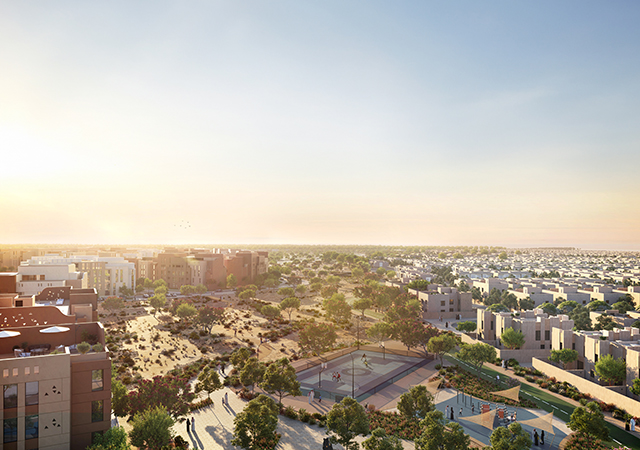
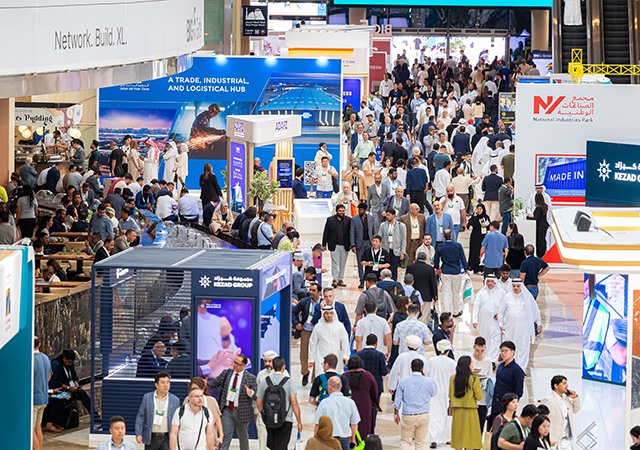
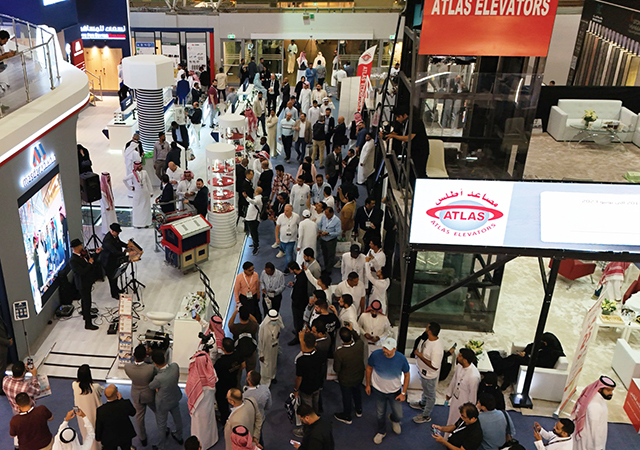
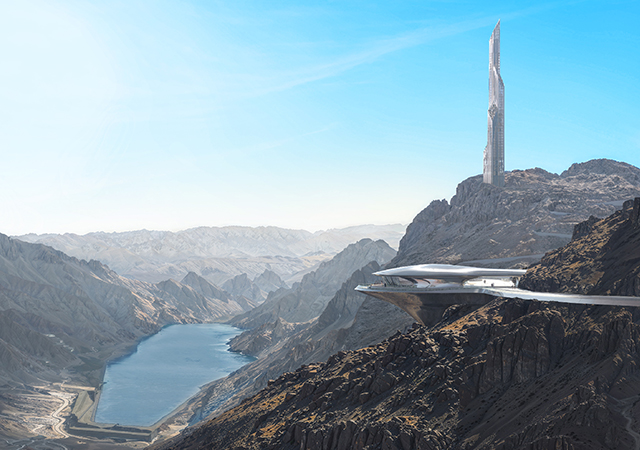
.jpg)
